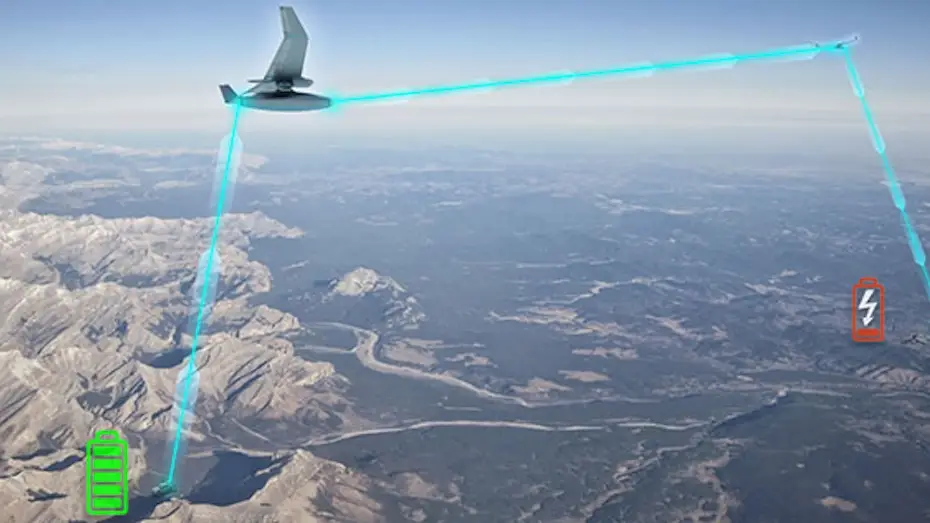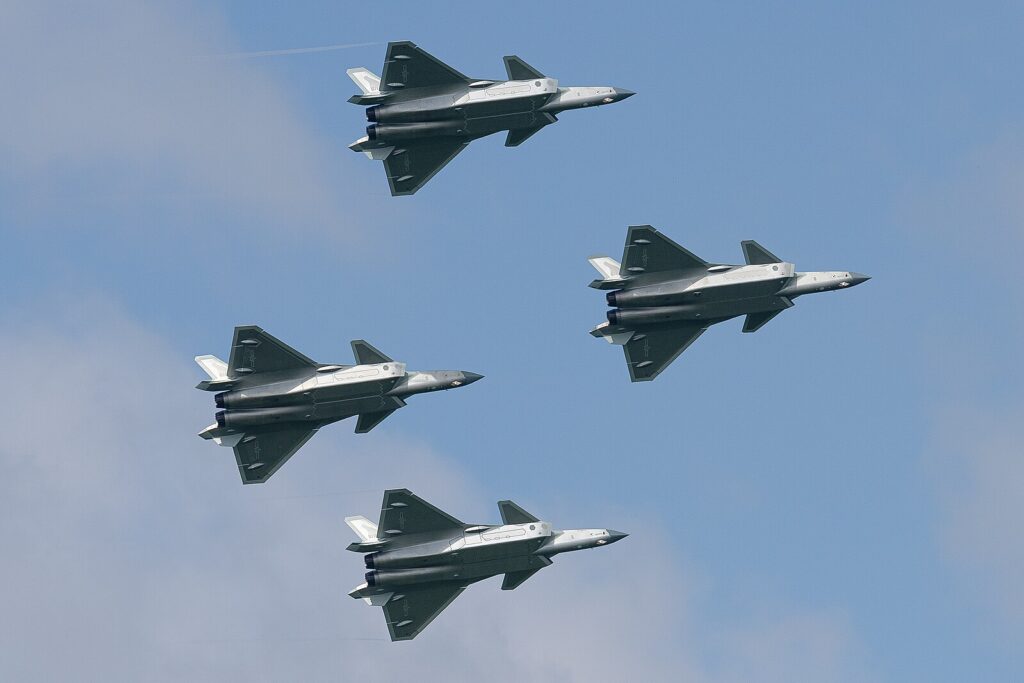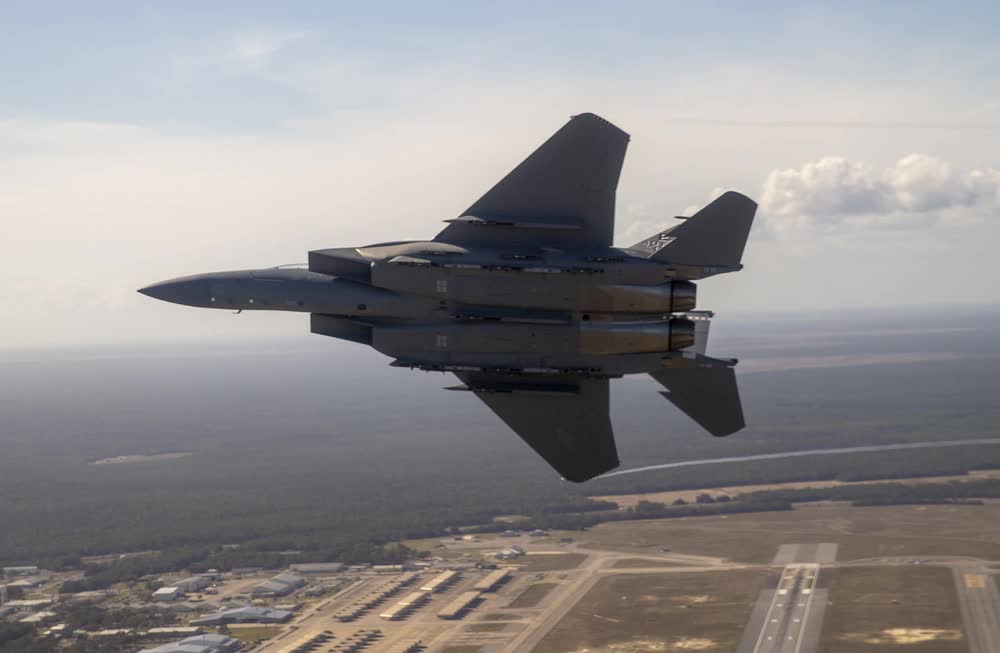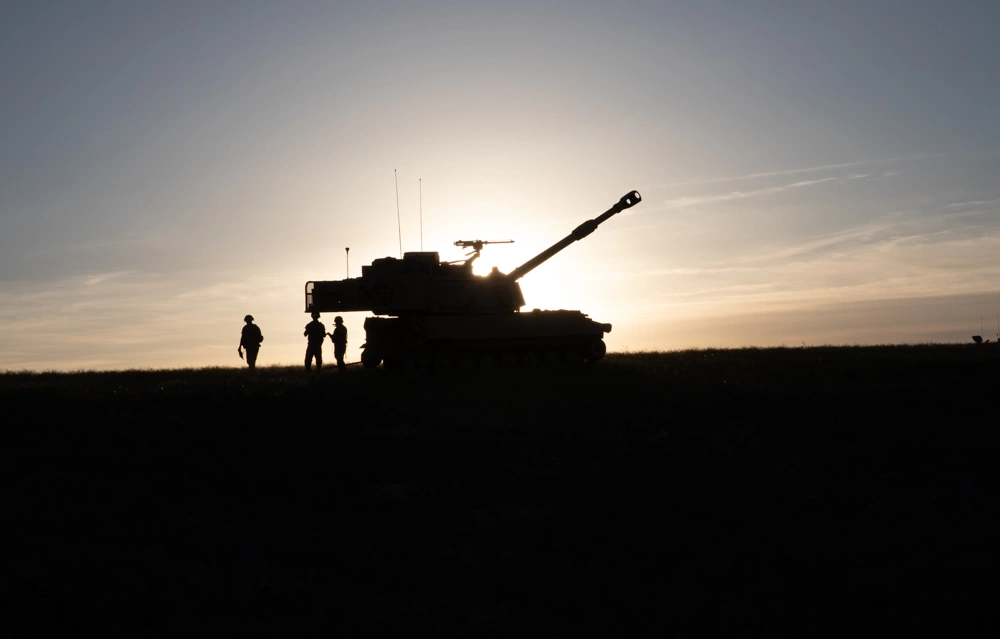DARPA is developing laser technology to transfer power all over the world
- By We Are the Mighty
Share This Article

It was the old Air Force commercials that claimed science fiction is what they do every day, but the latest high technology to come from US military research came from the Department of Defense, or more specifically, DARPA. The Defense Advanced Research Projects Agency, the US government’s scientific and technological innovation squad, has developed an energy tech that can power machines thousands of miles away.
Power is not only the name of the game, it’s literally the name of this new laser-based technology. DARPA calls it the Persistent Optical Wireless Energy Relay, or POWER. As anyone who pays an electric bill knows, generating electricity will only get us halfway to our goal. The other half, which is just as important and essential, is delivering the power to your home, car, or the things you keep in your top drawer that you hope your parents don’t find.
When it comes to transporting energy, we often have to depend on wires that are a hundred years old. That might have been okay for the turn of the 20th century, but today, we are not just powering lights, phones, and stock tickers, we are charging phones, powering buildings and we definitely need them to power electric vehicles. The availability of efficient power transmission is what keeps the US military looking side-eyed at things like electric cars, tanks, and aircraft.
Enter the Persistent Optical Wireless Energy Relay. We can already transmit and relay numerous different kinds of signals and beams wirelessly to our devices, but the idea of charging devices in this way with any kind of meaningful efficiency has eluded us for years. With the POWER system, DARPA is looking to beam energy from a ground source to a distant receiver. If you haven’t yet figured out what this could mean for the US military, it means it could forever power aircraft and vehicles across vast distances, giving them unlimited range.
Related: The SR-72 timeline: From initial design to ‘Top Gun’s’ Darkstar

For aircraft, this means they could loiter until the pilot couldn’t take it anymore, relieving the need for intricate (and in wartime, dangerous) in-flight refueling situations. For tanks, just imagine what Patton could have done in the days following the breakout from Normandy during World War II, if fuel hadn’t limited the range of the Third Army. The possibilities are endless, but there are a few barriers to making it realistic.
The most pressing barrier is that lasers only work along line of sight, meaning they will need to be able to directly see the target to refuel it. This can’t just be mitigated by air; it would need to have relay stations in the upper atmosphere to minimize any kind of degradation caused by air or water vapor. Also, the vehicles, as with in-flight refueling, will need to stay stable and on-target when charging.
But the POWER system is only in its first phase, which means the technology exists, but it’s in a conceptual stage in designing the devices that will act as relays. The next phase will see DARPA put the technology into an existing aircraft before finally (in the third phase) using the POWER system to transmit 10 kilowatts of electricity (enough to power a five-bedroom home) to an aircraft from 125 miles away.
A breakthrough in this kind of technology would not only be good for the military, it would have myriad civilian uses, too. Imagine a space-based solar power system capable of beaming electric power from the generator directly to a house, no matter where in the world it is. DARPA was designed to keep the US from being surprised in wartime, but it continually surprises the peacetime world.
This article by Team Mighty was originally published by We Are the Mighty.
Read more from Sandboxx News
- Embassy Marines in Vietnam fought against the Viet Cong despite their odd weapons
- Navy SEALs and Delta Force commandos living together in the jungles of South America
- The Air Force made Lockheed’s Skunk Works design a stealth pole
- Did Mattel really create an M16 or is this a great urban legend?
- Back-saving exosuits may someday be standard-issue gear for troops
Related Posts
Sandboxx News Merch
-

‘Kinetic Diplomacy’ Bumper Sticker (White)
$8.00 Add to cart -

‘Sandboxx News’ Camo Trucker Hat
$29.00 Select options This product has multiple variants. The options may be chosen on the product page -

F-35 ‘Evolution’ Framed Poster
$45.00 – $111.00 Select options This product has multiple variants. The options may be chosen on the product page
We Are the Mighty
Related to: Airpower, Gear & Tech

China could stop US airpower from achieving air superiority in the first island chain, top commander says

A Green Beret remembers his favorite foreign weapons

Why the F-15 couldn’t become a stealth aircraft – and why it doesn’t matter

The unique world and uses of howitzers
Sandboxx News
-

‘Sandboxx News’ Trucker Cap
$27.00 Select options This product has multiple variants. The options may be chosen on the product page -

‘AirPower’ Classic Hoodie
$46.00 – $48.00 Select options This product has multiple variants. The options may be chosen on the product page -

‘AirPower’ Golf Rope Hat
$31.00 Select options This product has multiple variants. The options may be chosen on the product page -

‘Sandboxx News’ Dad Hat
$27.00 Select options This product has multiple variants. The options may be chosen on the product page
